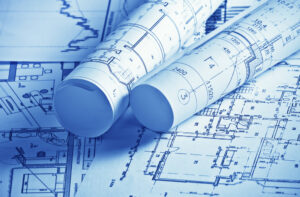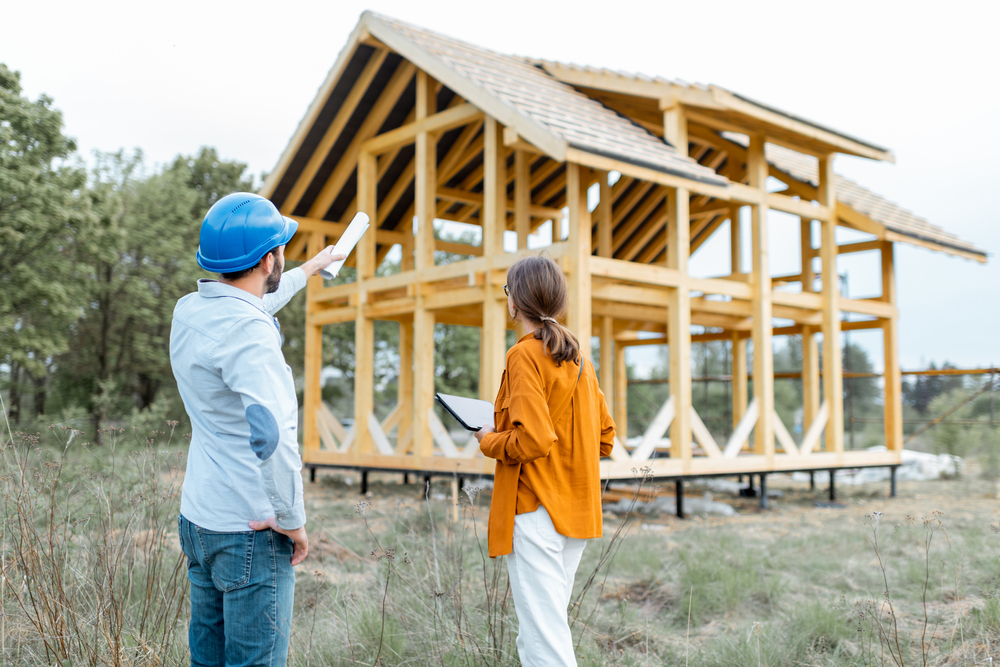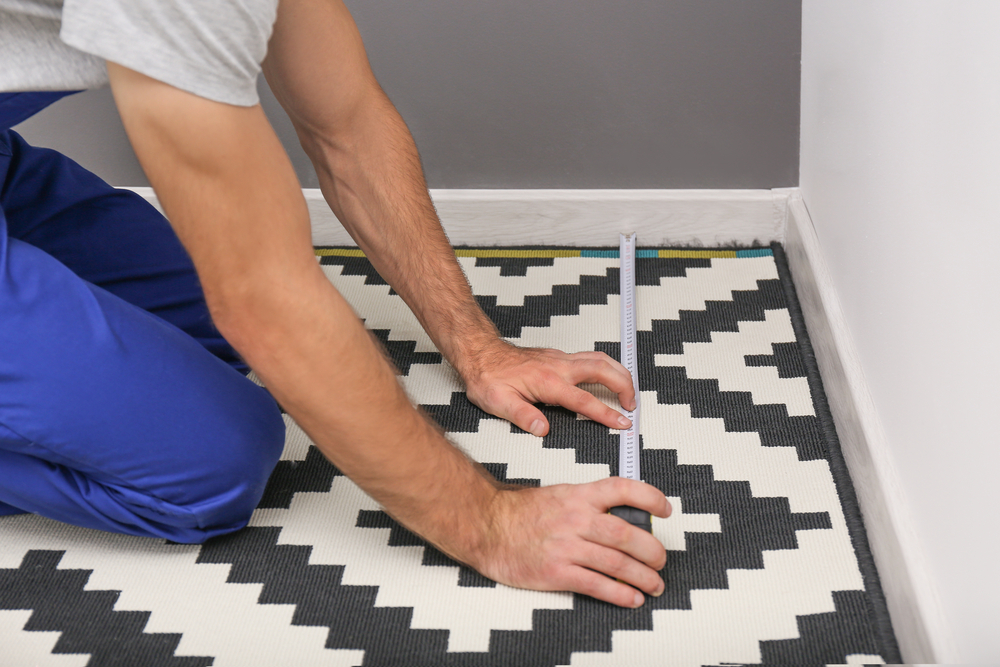
The Value of Using a Replica in Architecture and ConstructionThe Value of Using a Replica in Architecture and Construction
In the world of architecture and construction, replicas play a significant role in various aspects of the design and implementation process. A replica is a precise copy or reproduction of an existing structure or element, providing architects, builders, and clients with invaluable insights and benefits. From enhancing the accuracy of measurements to improving project visualization and client engagement, replicas have become integral tools in the industry. In this blog post, we will explore the value of using replicas in architecture and construction, delving into the advantages they bring throughout the various stages of a project.
I. Understanding the Concept of Replicas
Before diving into the manifold benefits of replicas, it is essential to grasp the concept itself. A replica, in the context of architecture and construction, is a precise duplicate or imitation of an existing building, structure, or component. It reproduces the exact dimensions, materials, and architectural details of the original, often using advanced technologies like 3D printing or CNC machining.
Replicas can be full-scale reproductions or miniature models, depending on the purpose they serve. They can replicate iconic landmarks, heritage buildings, or even specific portions of a structure. By accurately emulating the original, replicas allow architects, engineers, and clients to evaluate and interact with the design before committing to the actual construction.
II. Advantages of Replicas in the Design Stage
- Visualization and Conceptualization:
Replicas serve as powerful visualization tools during the design stage. Architects can create 3D-printed replicas of their designs, allowing clients, stakeholders, and the project team to experience the structure in a tangible form. This improves the clarity of the design, enhances communication, and helps identify any potential flaws or improvements early on.
Moreover, replicas allow architects to present their ideas more convincingly. Instead of relying solely on blueprints and renderings, a replica provides a physical representation that aids in conveying the spatial relationships, proportions, and overall aesthetics of the design.
- Accurate Measurement and Evaluation:
One of the key advantages of using replicas in architecture and construction lies in their ability to provide precise measurements and evaluations. By creating a replica of an existing structure or element, architects can measure and analyze it in detail, ensuring the accurate replication of dimensions and proportions.
This level of accuracy is particularly crucial when working on restoration or conservation projects. Replicas allow architects to closely examine heritage buildings, intricately analyzing their architectural components and understanding their relationship to each other. Consequently, this ensures that the restoration process is faithful to the original, preserving historical accuracy and integrity.
III. Benefits of Replicas in the Construction Stage
The advantages of replicas extend well beyond the design phase; they also make significant contributions during the construction stage of a project.
- Quality Assurance and Prototype Testing:
Before initiating full-scale construction, architects and home contractors can use replicas to evaluate the viability and structural integrity of their design. Creating a replica of a specific portion or component of a structure allows them to test its performance, durability, and compatibility with other elements.
For instance, a replica of a facade or column can be subjected to load simulations, wind tunnel tests, or material strength analyses. These experiments help identify any weaknesses, design flaws, or potential issues that may arise during actual construction. By rectifying these problems early on, architects and builders can ensure a smoother and more efficient construction process.
- Training and Construction Cost Optimization:
Replicas also serve as valuable training tools for construction teams. Through replicas, workers can familiarize themselves with complex geometries, unique architectural features, or unconventional building techniques before embarking on the actual construction. This improves the efficiency of the workforce, reduces errors, and minimizes wastage of time and resources.
Furthermore, replicas help optimize construction costs. Builders can experiment with different methodologies, materials, or construction techniques on a replica, allowing them to assess their feasibility and cost-effectiveness. This iterative process enables informed decision-making, leading to more economical choices and streamlined construction processes.
IV. Enhancing Client Engagement and Experience
Replicas not only benefit architects and builders but also greatly enhance client engagement and experience throughout the project lifecycle.
- Improved Visualization and Communication:
During the proposal stage, presenting a replica of the final design to clients is a powerful way to enhance their visualization and understanding of the project. By having a physical replica in hand, clients can better grasp the proposed design, appreciate its nuances, and assess its alignment with their vision.
Additionally, replicas facilitate communication between architects and clients. When discussing design modifications or alternatives, having a three-dimensional replica allows for more effective dialogue, as clients can physically interact with the model, offering immediate feedback and suggestions.
- Reduced Uncertainty and Risk Perception:
Constructing a full-scale building involves considerable financial investment and risk. Clients often struggle to visualize the final outcome and may have concerns regarding the design, materials, or feasibility. Replicas mitigate these uncertainties by enabling clients to physically experience and evaluate the design before committing to construction. This reduces risk perception, enhances trust, and leads to more informed decision-making.
V. Beyond Architecture – Replicas in Heritage Preservation
Replicas have a notable role in heritage preservation and the restoration of historical structures.
- Conservation and Documentation:
Creating replicas of endangered or deteriorating heritage buildings allows for their preservation and documentation. By accurately replicating architectural elements, replicas can help record and safeguard important historical features before they are lost to time or natural decay.
- Recreation and Replacement:
In unfortunate instances where a heritage structure is irreparably damaged or destroyed, replicas can serve as a means of reconstruction. Replicas allow for the recreation of cultural icons while retaining their original architectural significance. This ensures that the physical and historical legacy of a structure lives on even after its destruction.
The Tremendous Value of Replicas
The use of replicas in architecture and construction offers undeniable value throughout the entire project lifecycle. From the outset, they enhance visualization, communication, and decision-making processes during the design stage. In the construction phase, they ensure accuracy, quality assurance, and cost optimization. Furthermore, replicas significantly improve client engagement, reducing uncertainty and enhancing trust.
Beyond their immediate applications, replicas also play a vital role in heritage preservation, enabling the documentation, recreation, and replacement of historical structures.
The integration of replicas into architectural practices has revolutionized the industry, elevating the quality of design, efficiency of construction, and satisfaction of clients. As technology advances further, replicas will likely continue to shape the future of architecture and construction, guiding the industry towards new heights of excellence and innovation.




